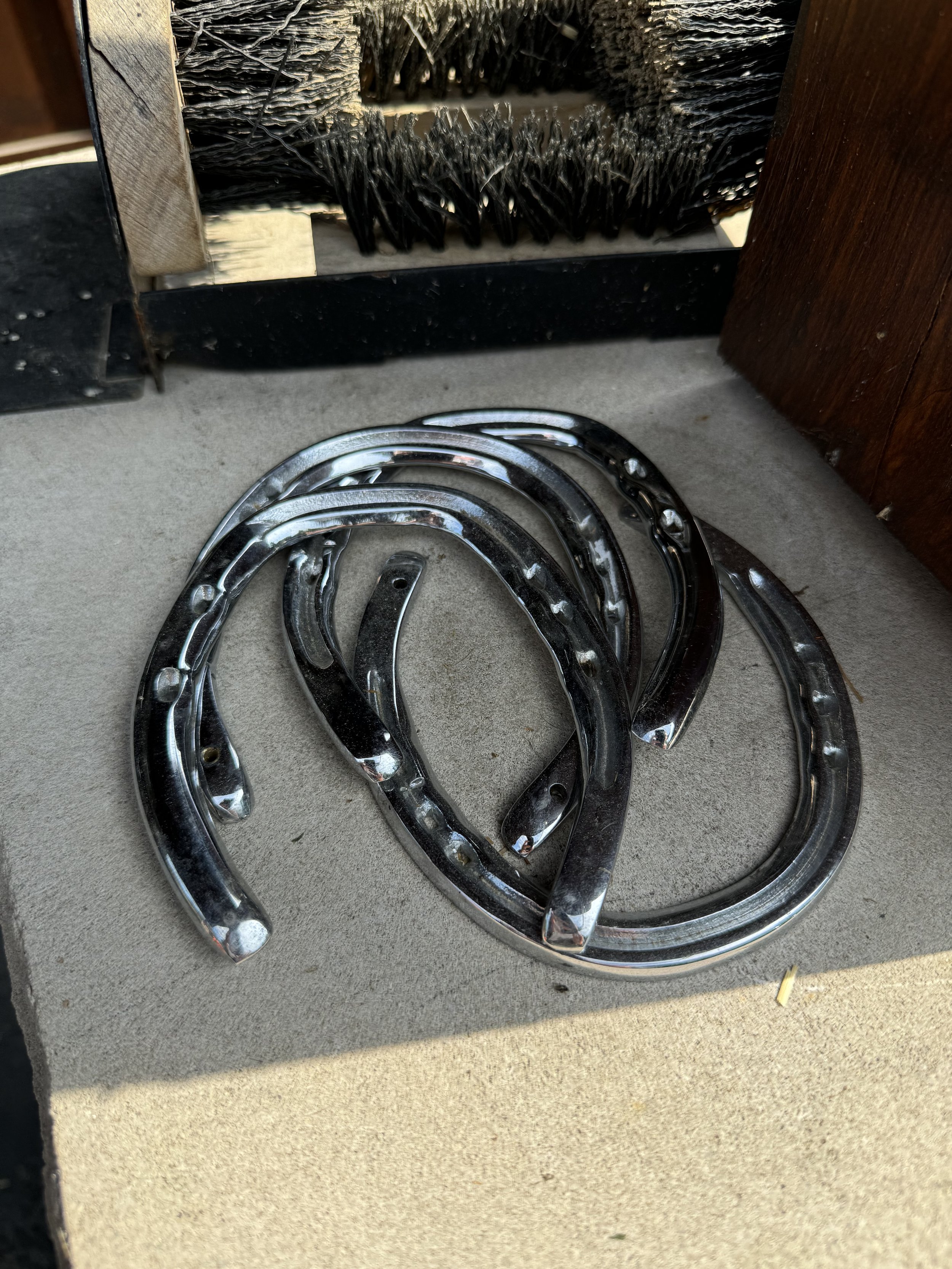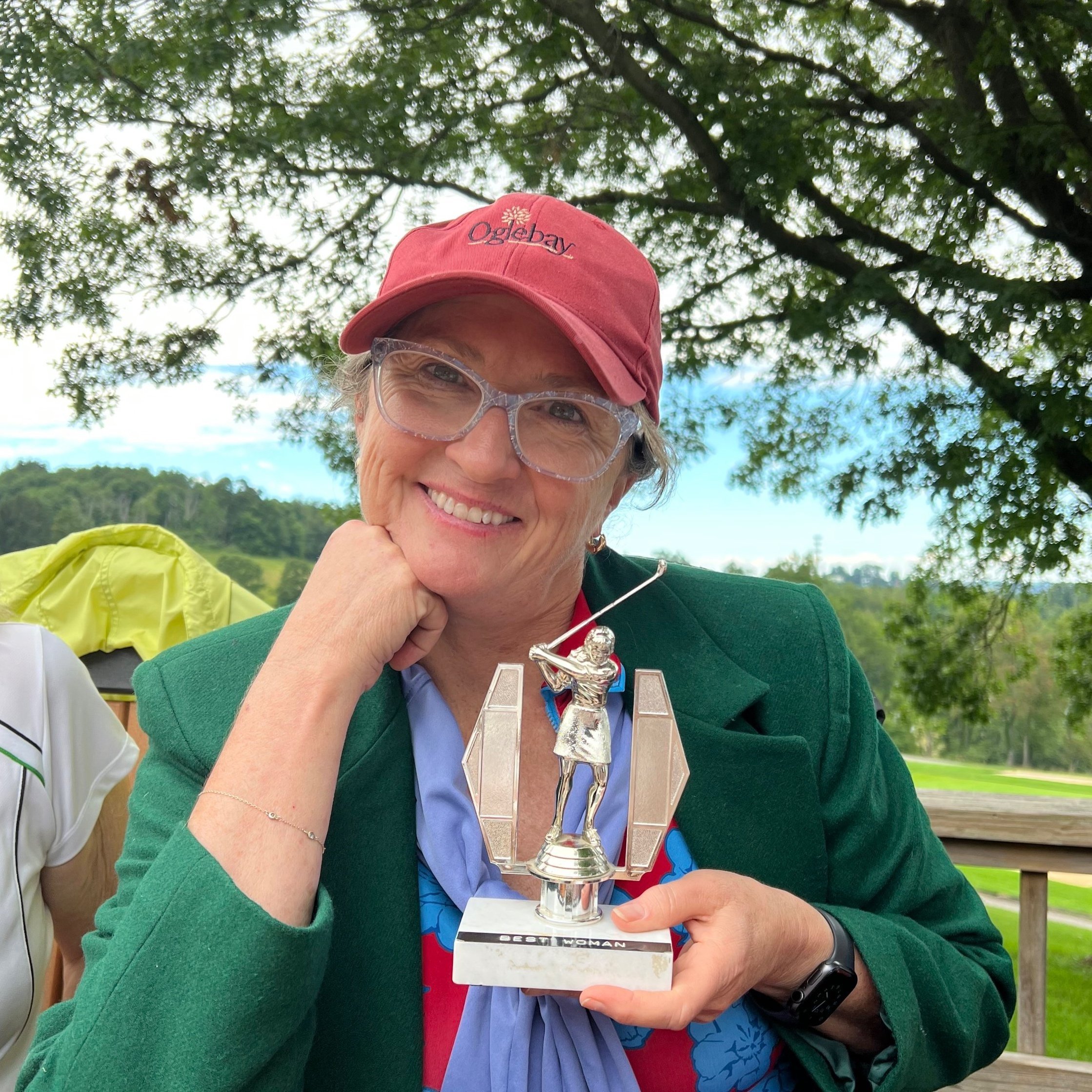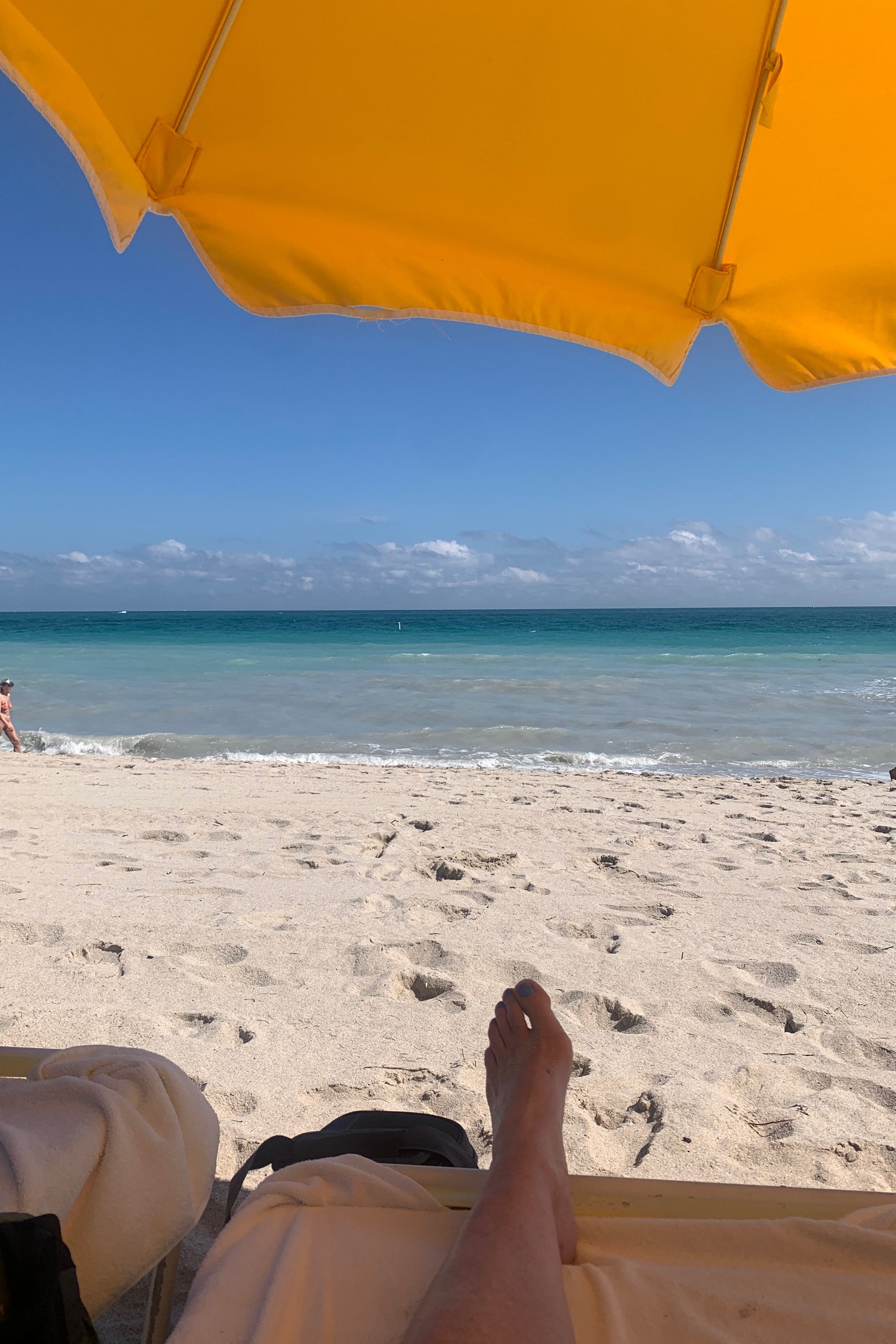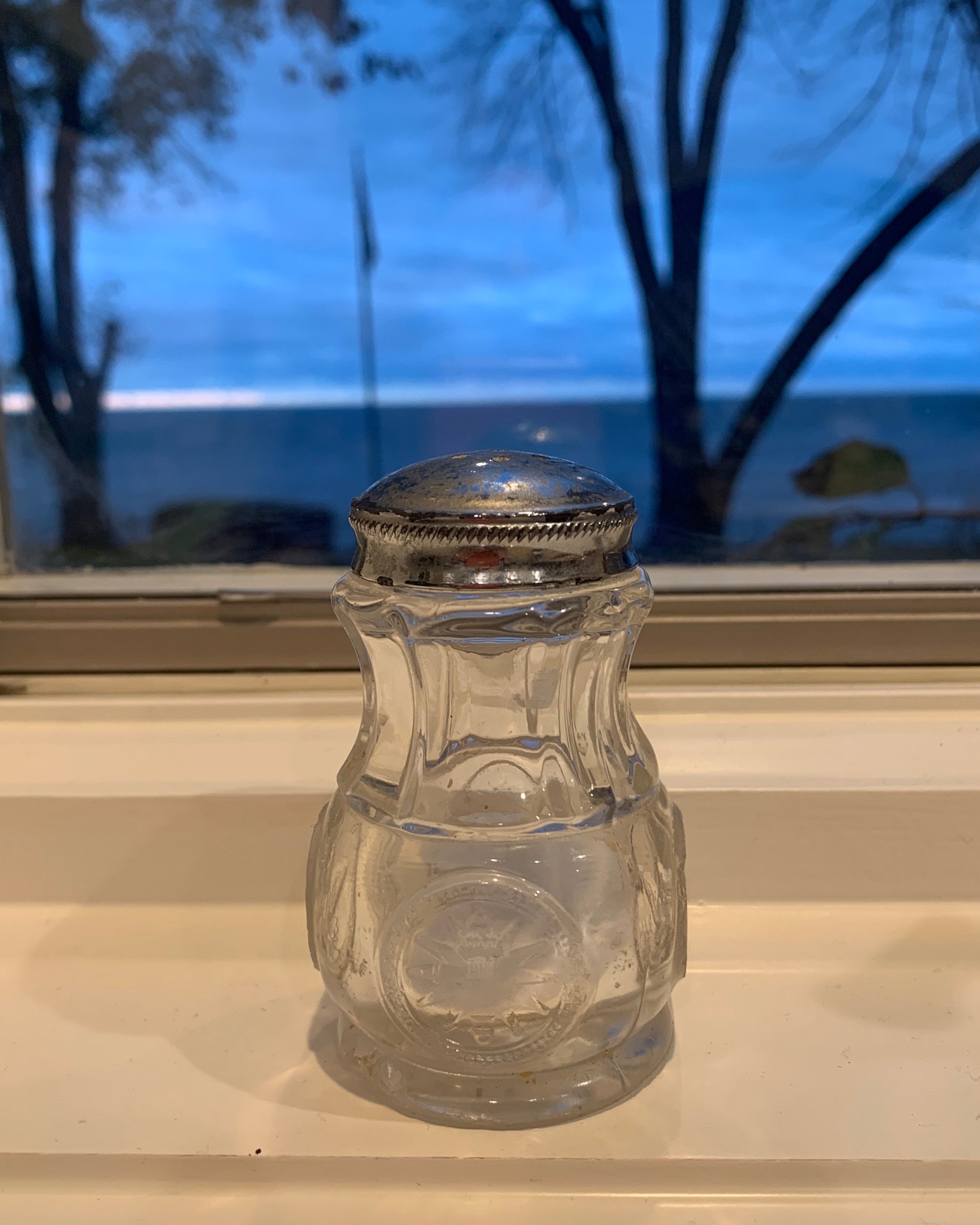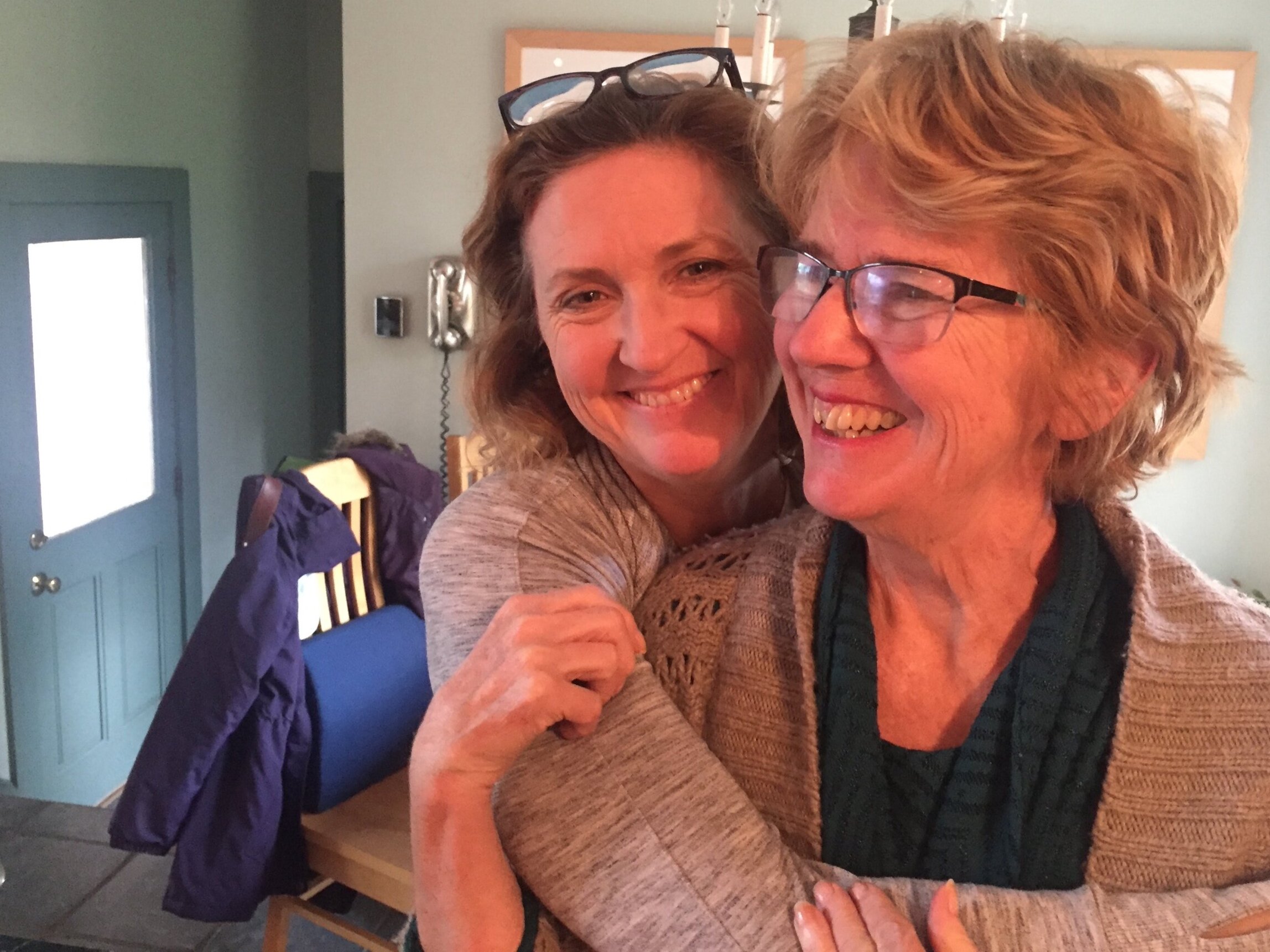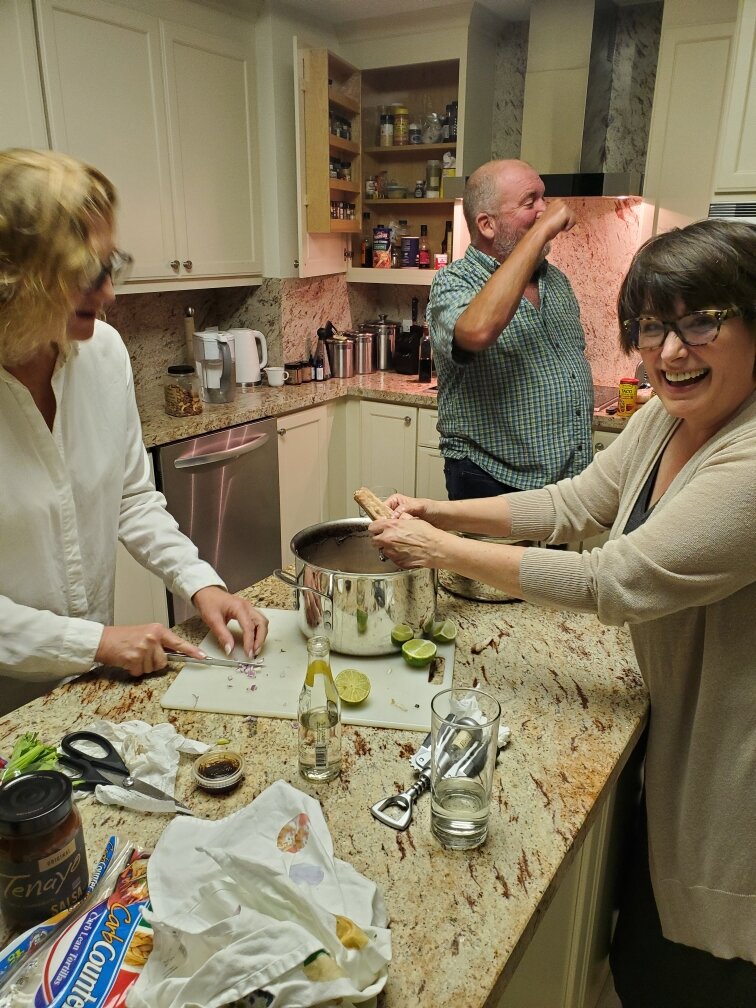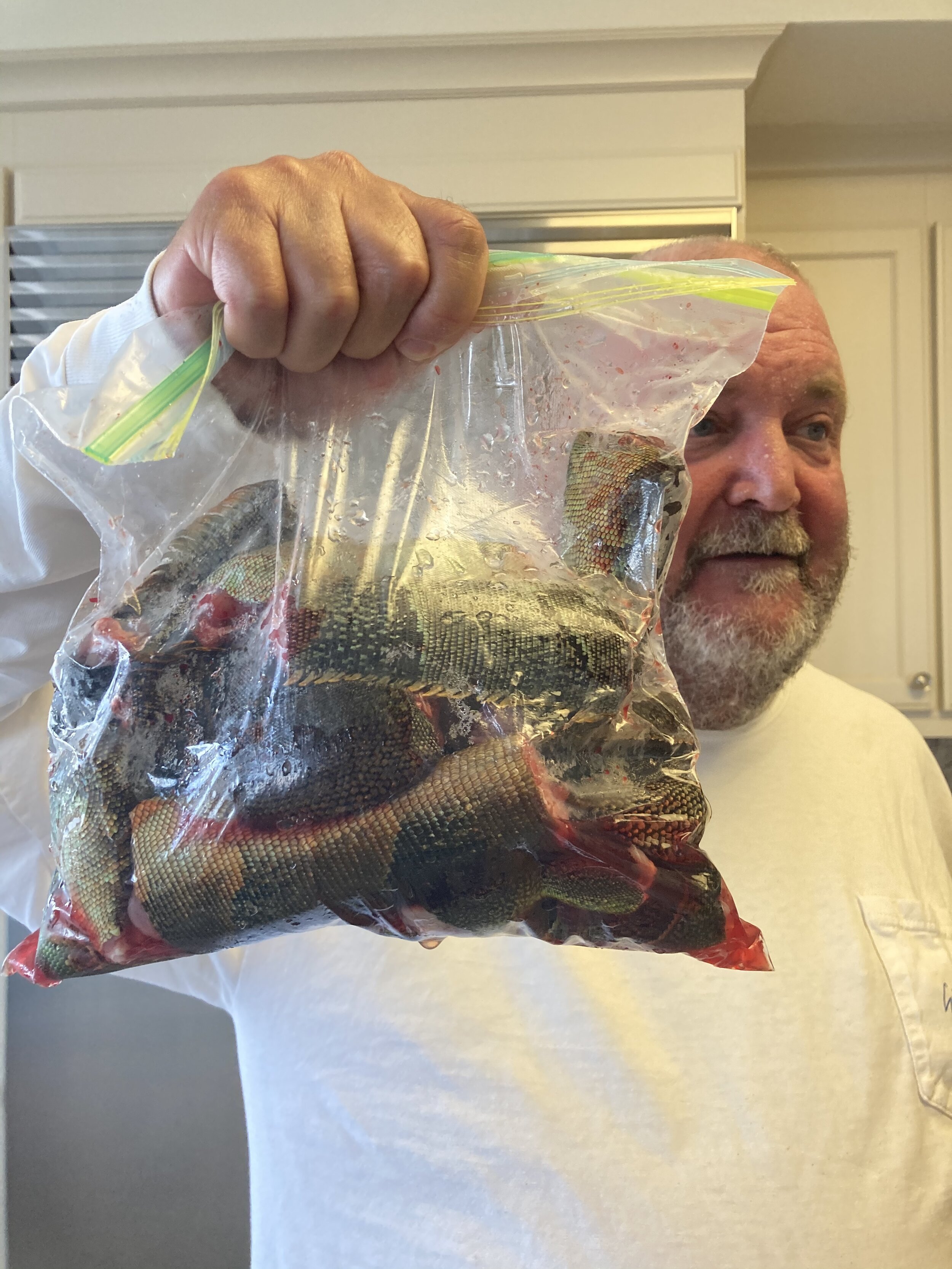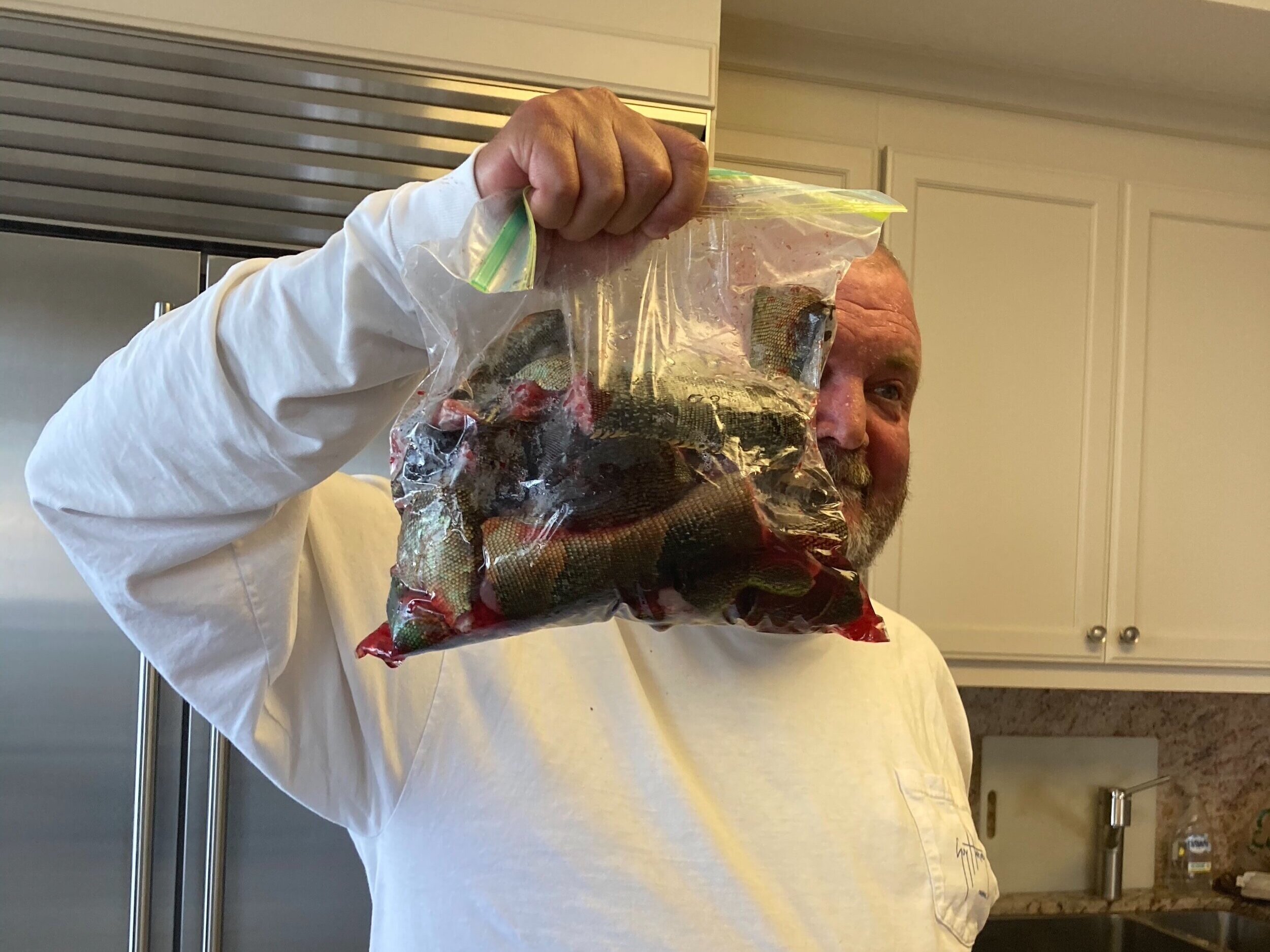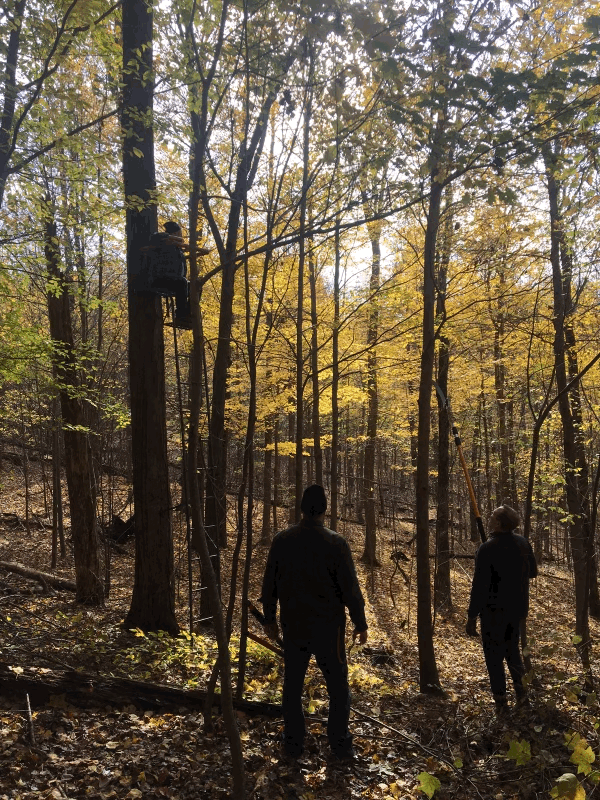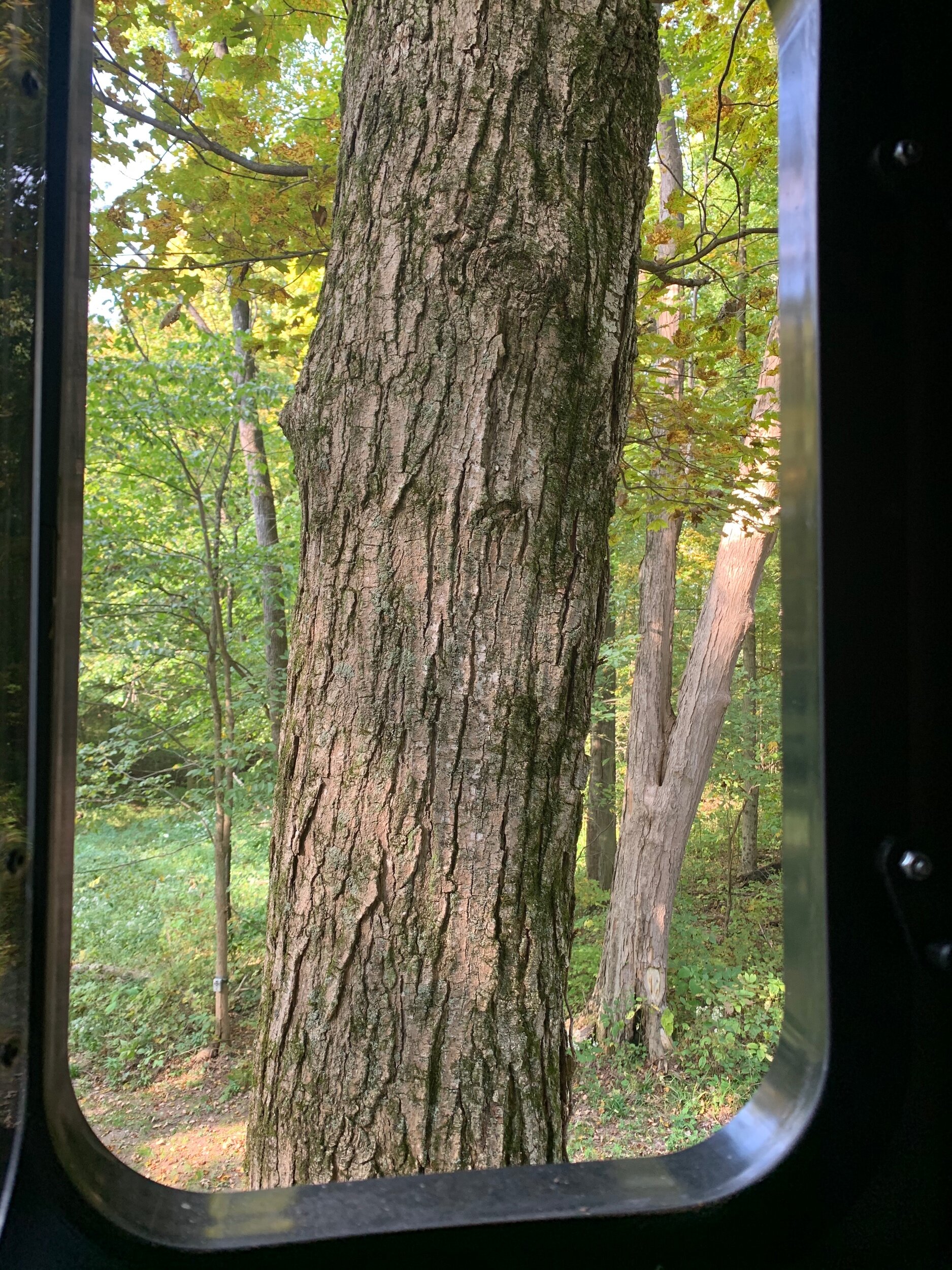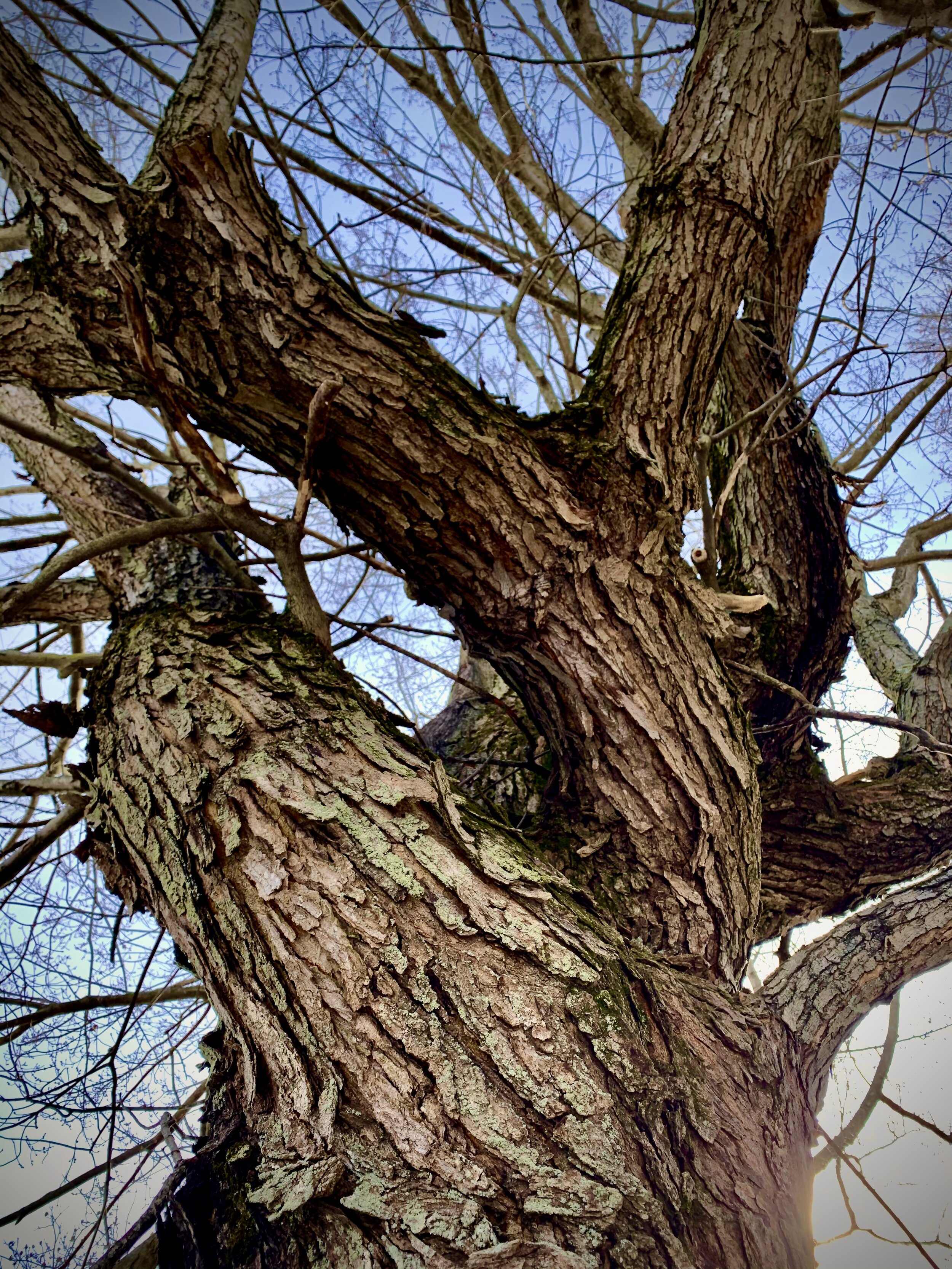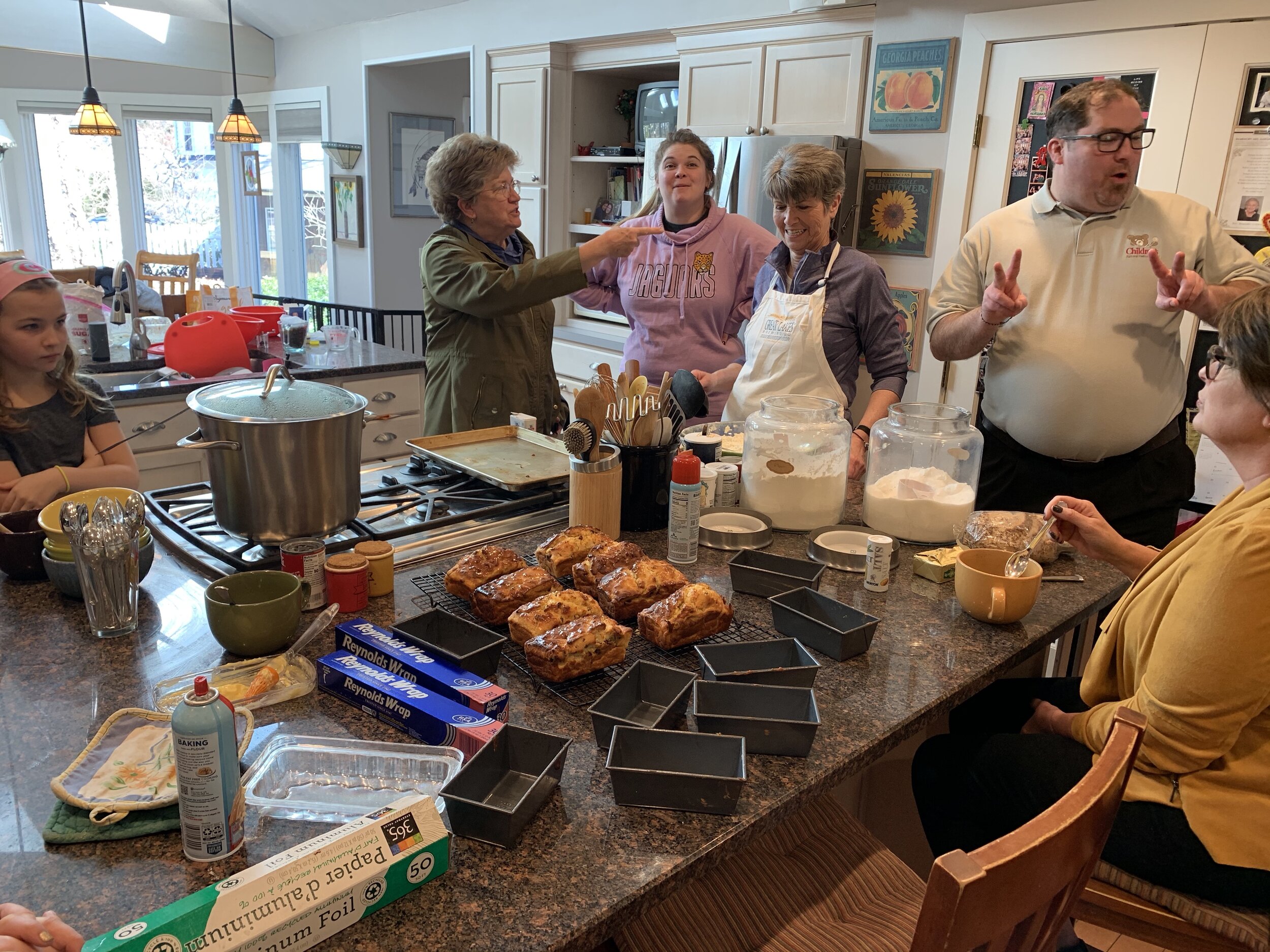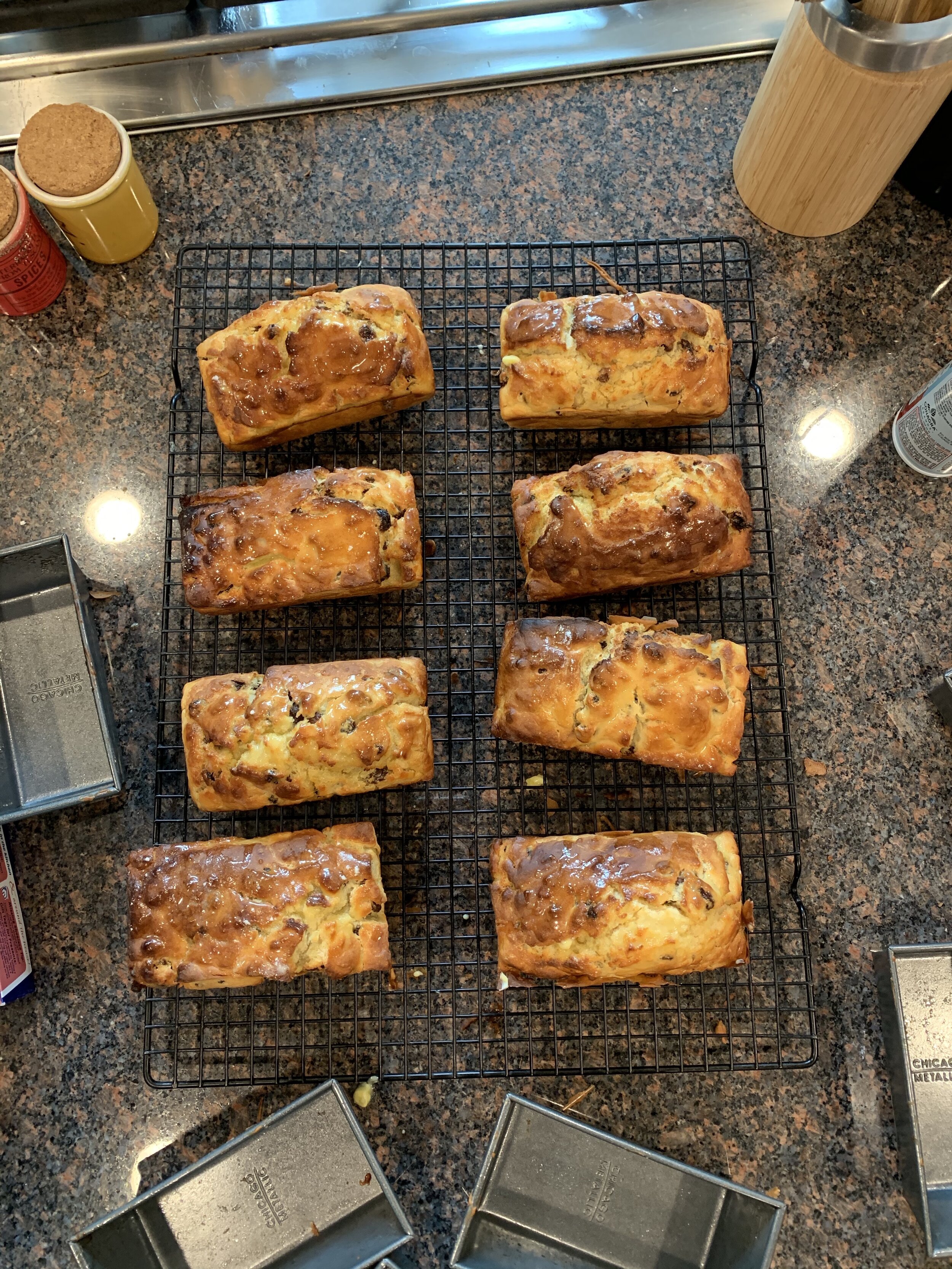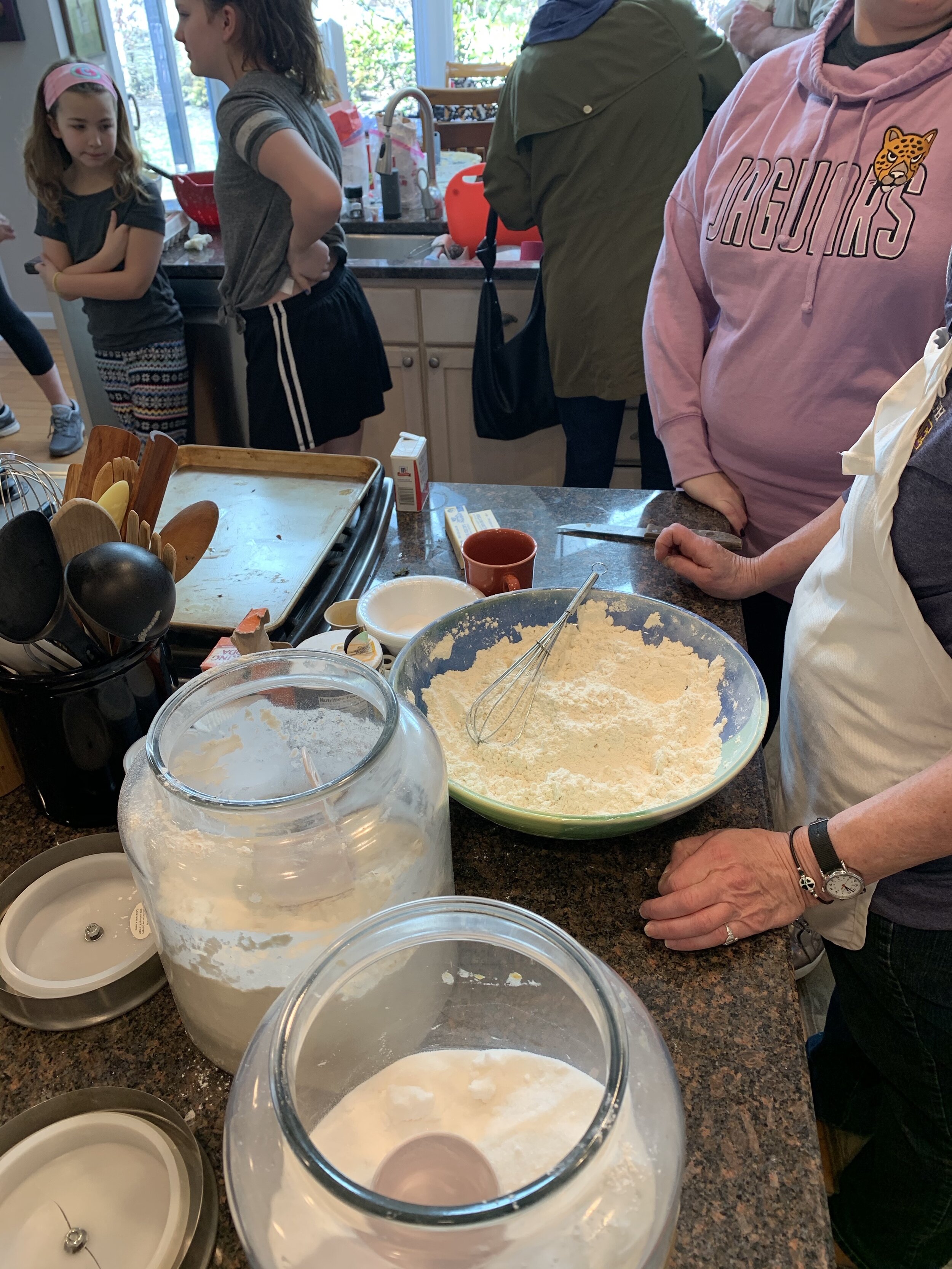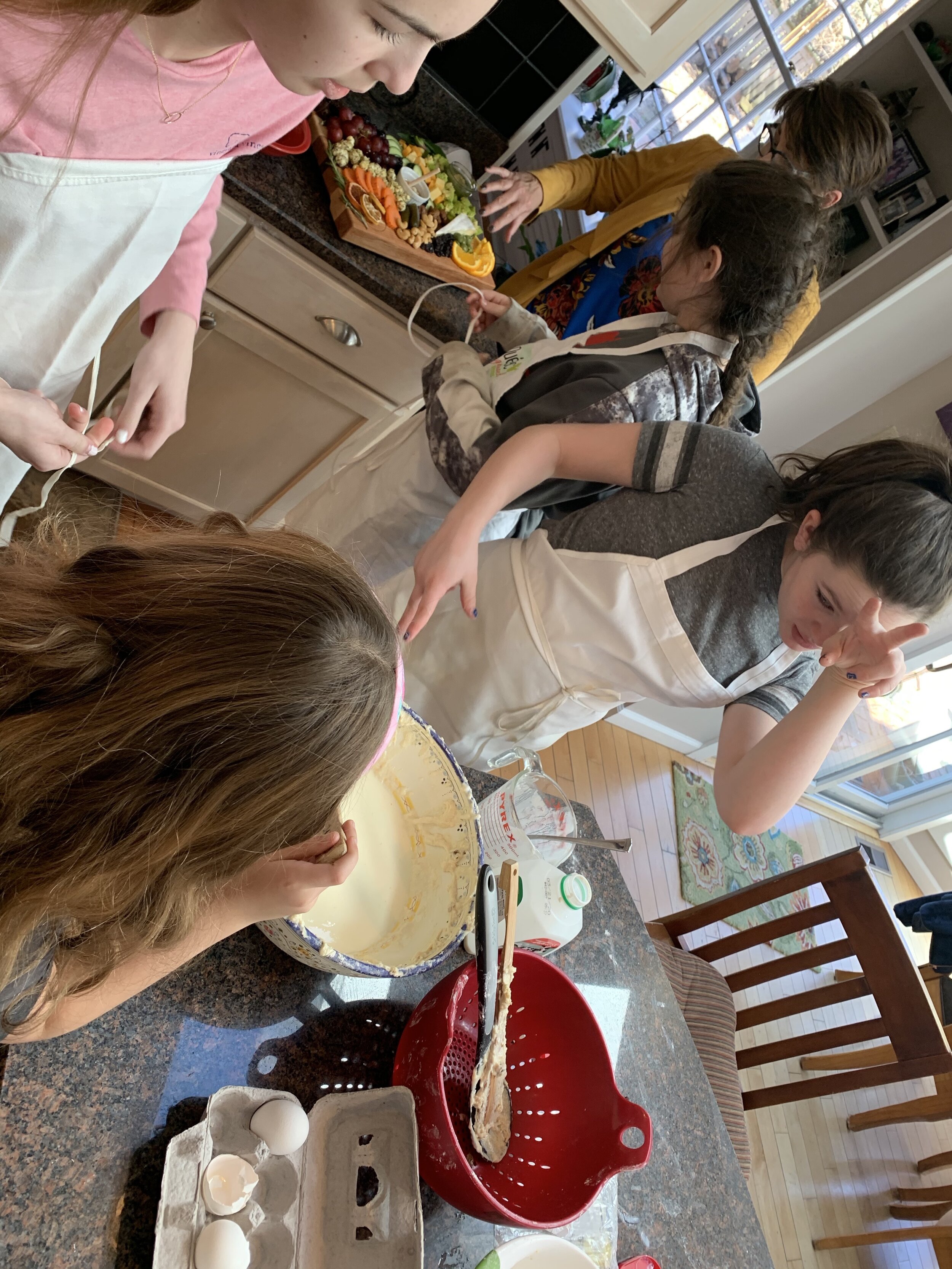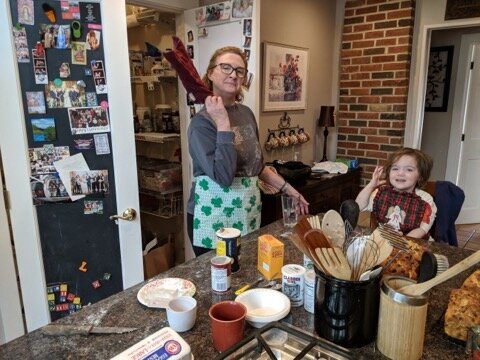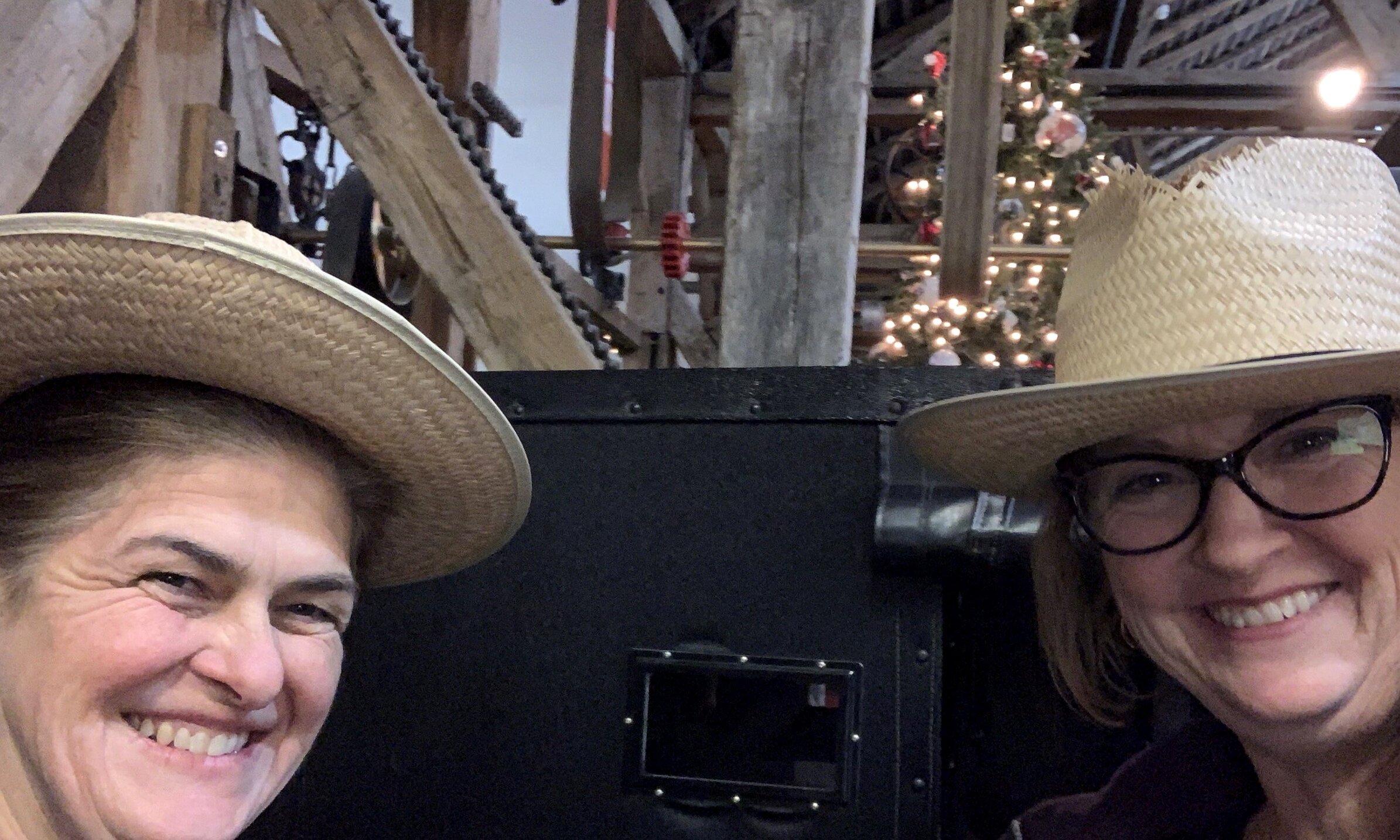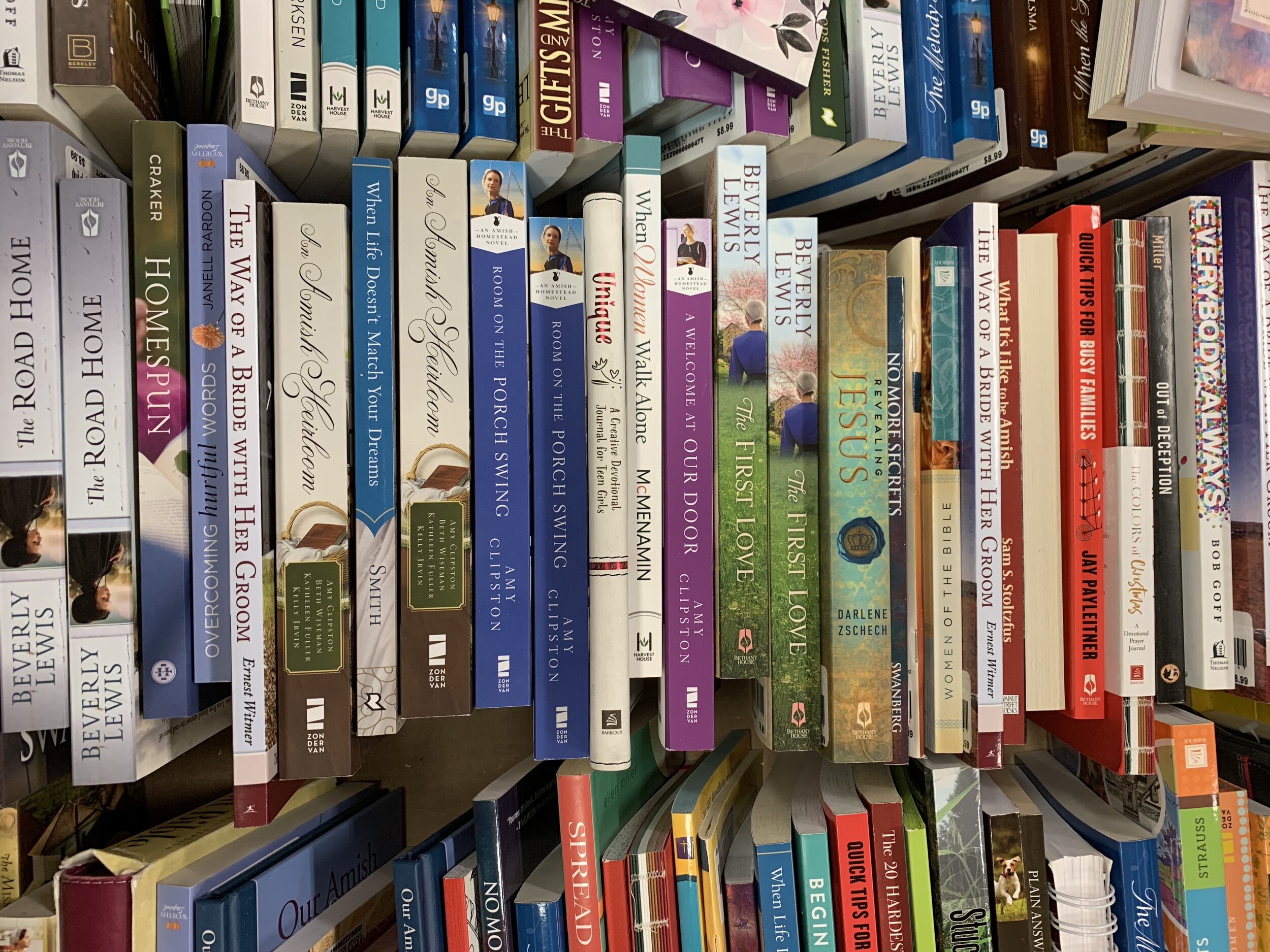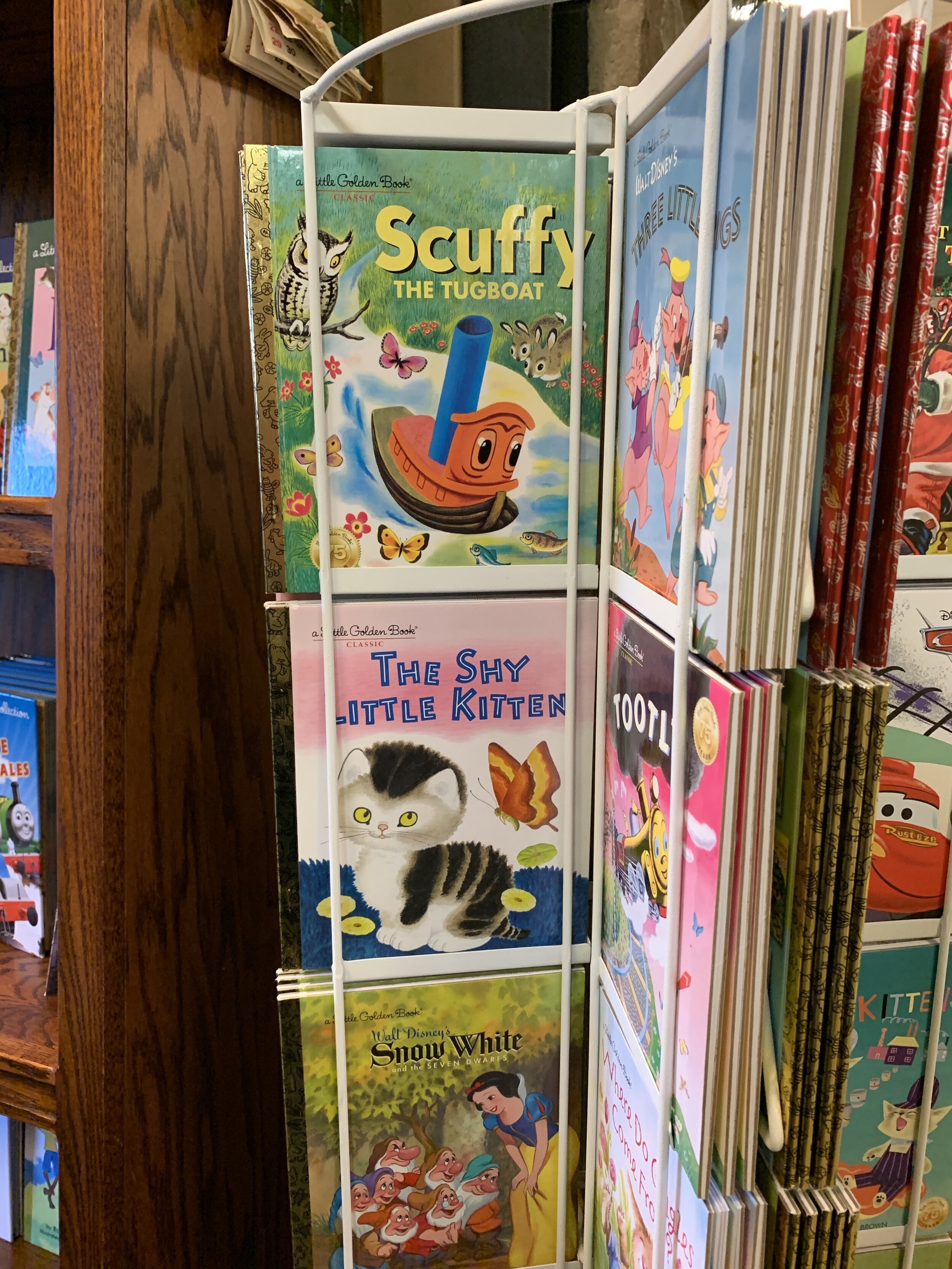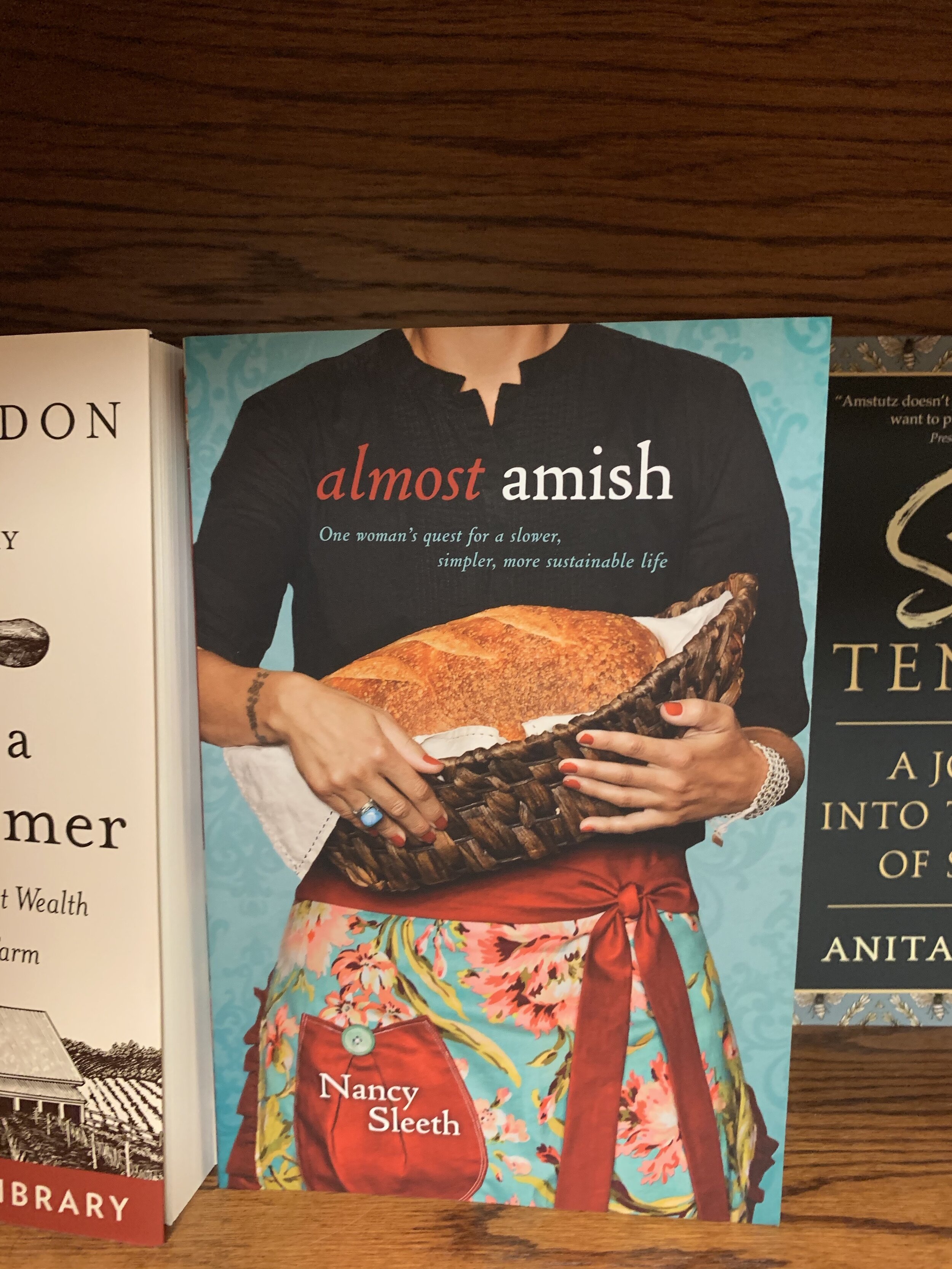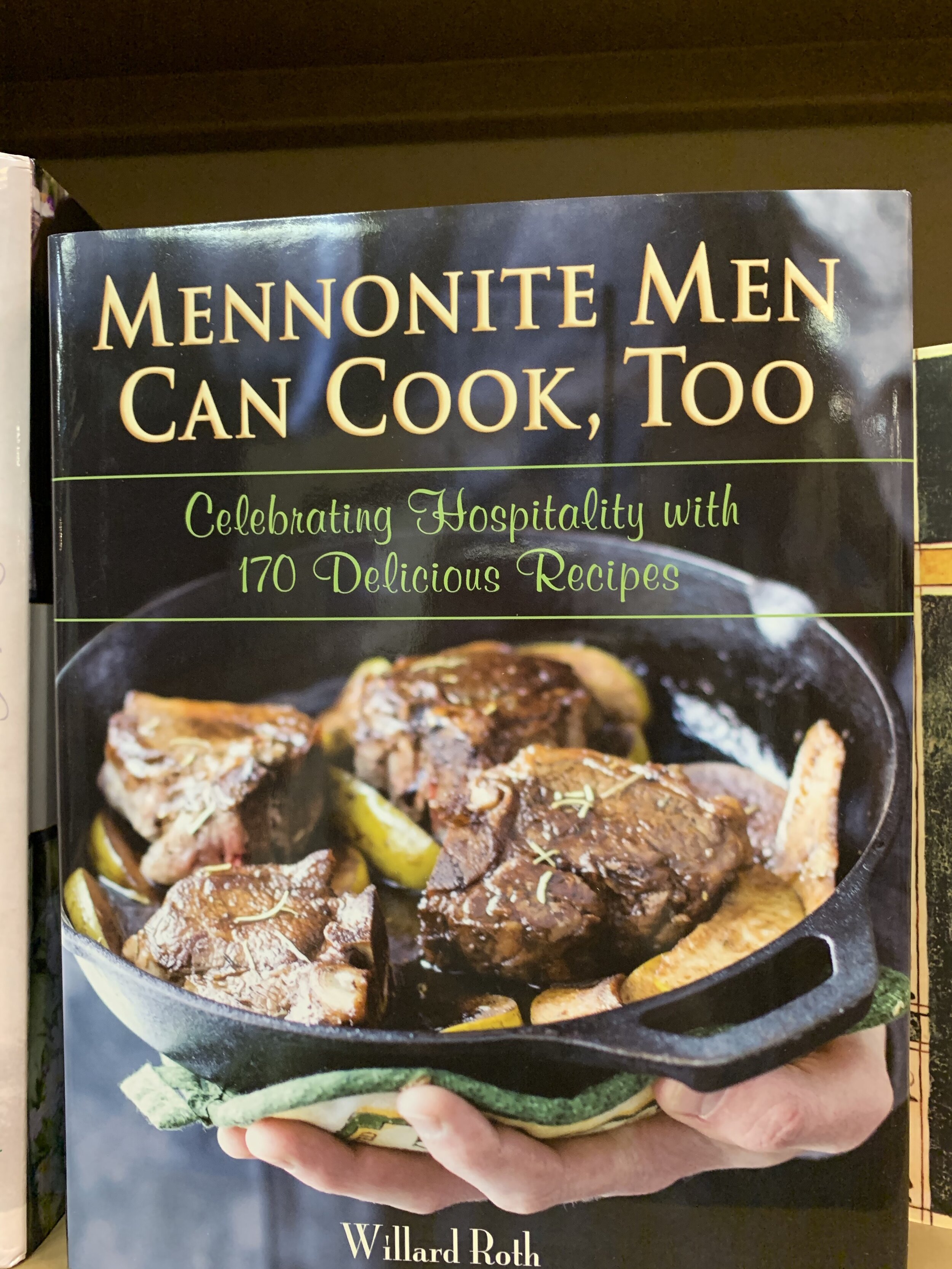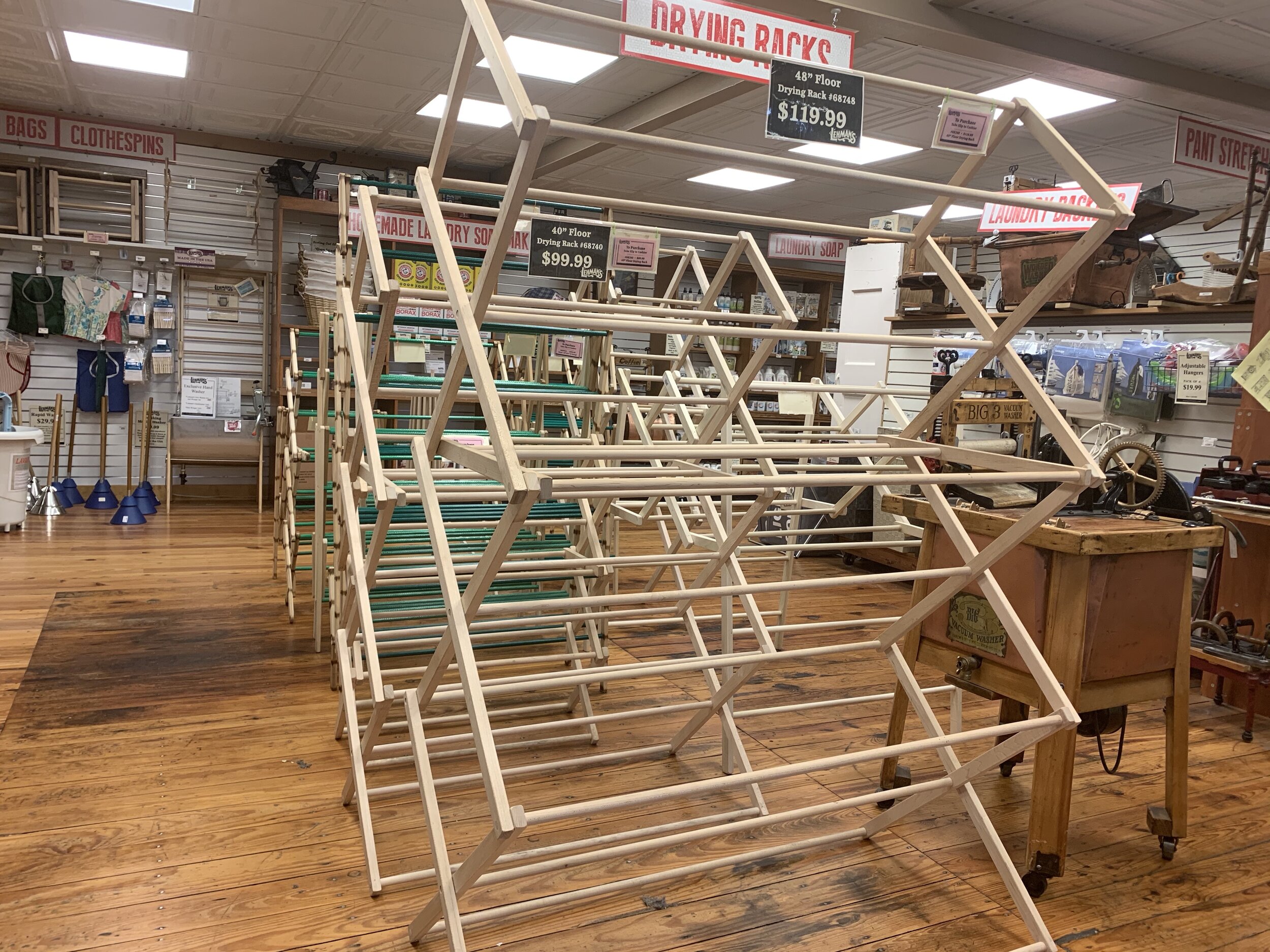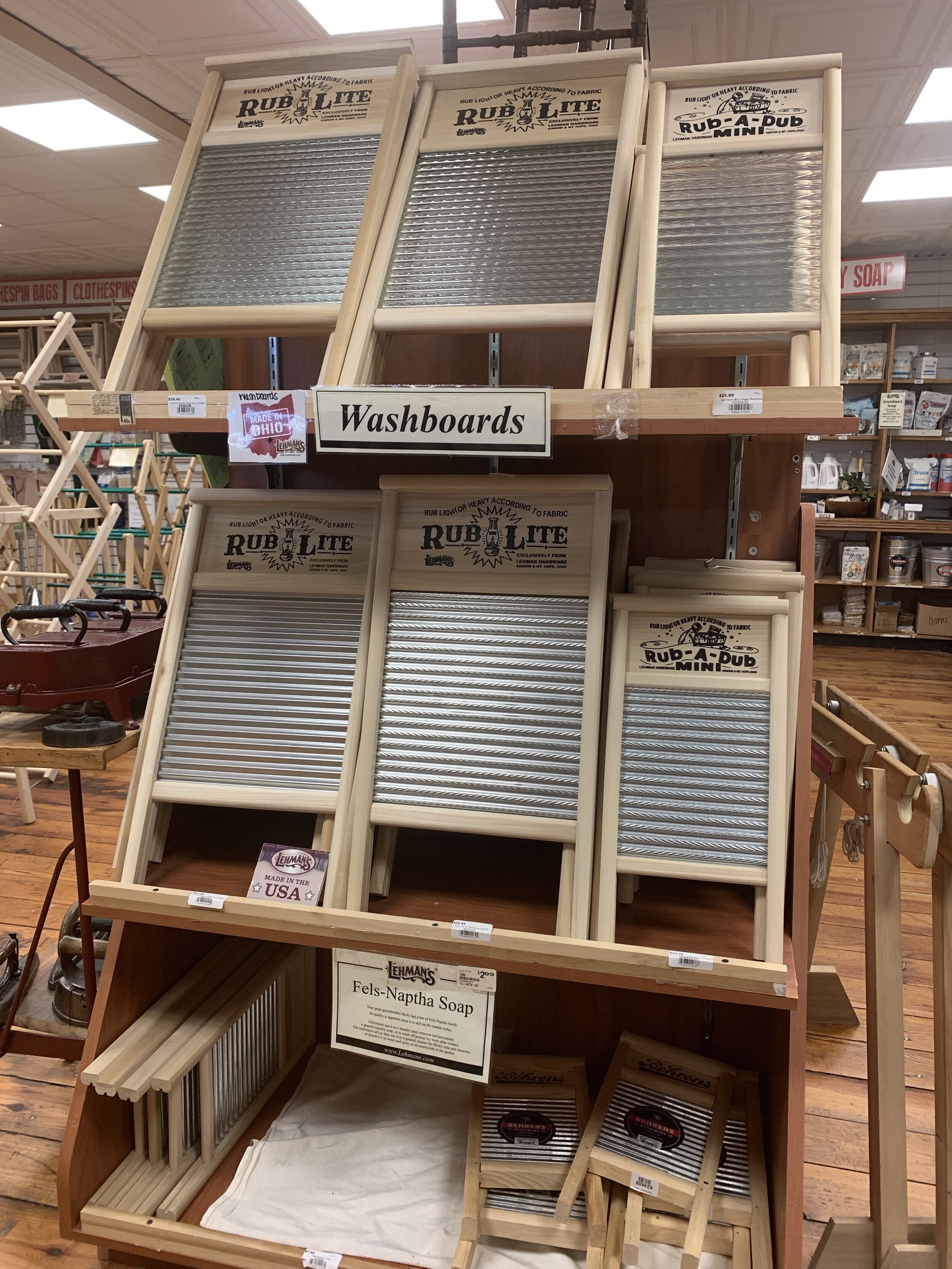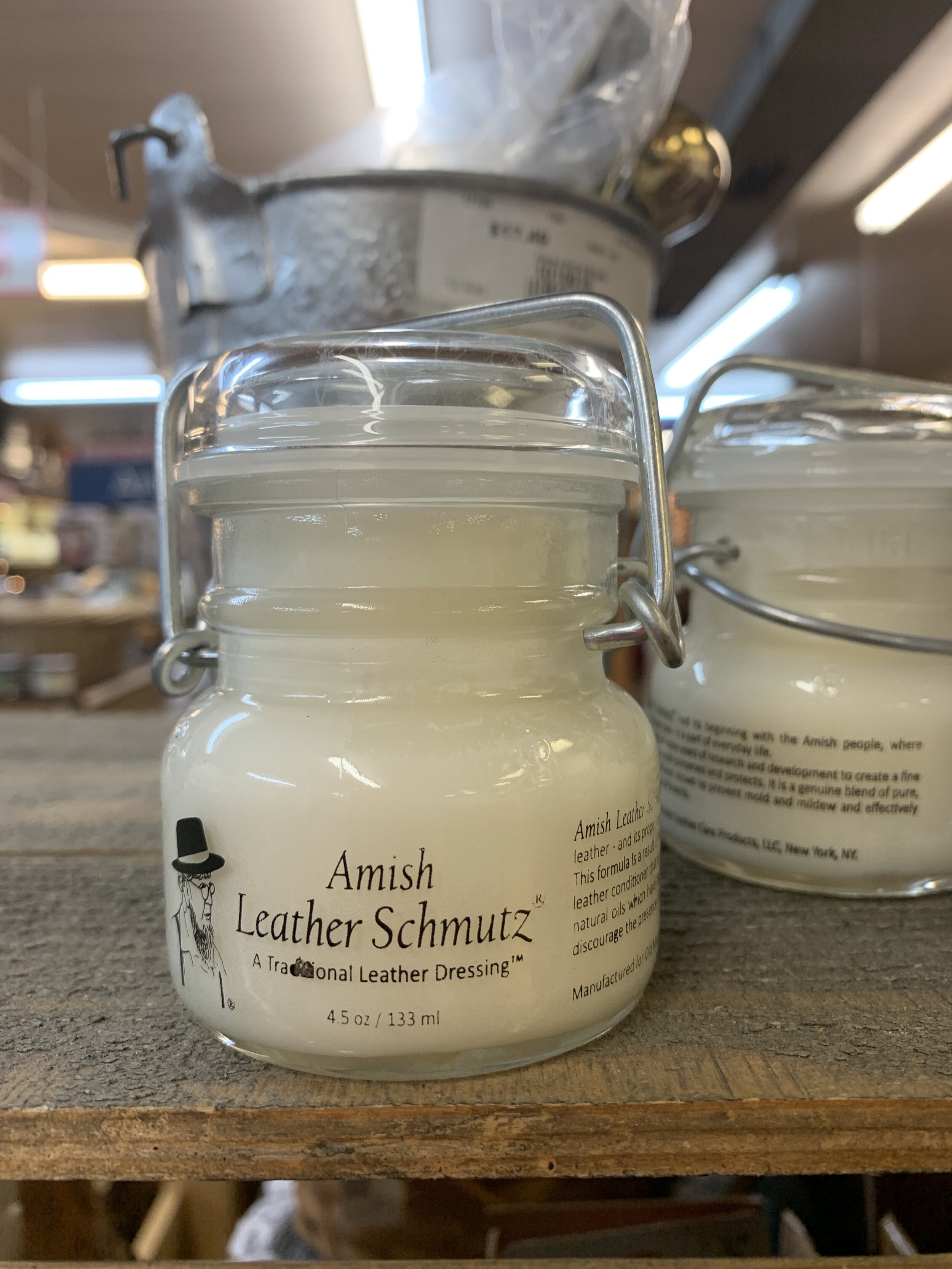In Praise of Porches
I am alone, sitting on my screened-in porch perched high above a valley full of horses. I am bundled up to a fare-thee-well against the too-chilly 45-degree weather and there is a soft, chilly rain. But I am not deterred. I have my supplies: my heating pad, a faux fur blanket wrapped around me and tucked in around my legs, a steaming cup of coffee, a bergamot-scented candle burning by my side, a journal, and a good pen. I am trying to squeeze in just a few more days of bearable weather in my favorite spot, overlooking the foothills of the ancient Appalachian mountains in the distance.
Ah, the screened porch. I am outside, but covered, not bothered by any flying insects. I am inside, but with fresh air, beautiful views, and secluded privacy. I cherish this porch.
When we were planning this house, I entertained having a wrap-around country porch because I often admire big old houses with wide open front porches. An open front porch is like a wide-open smile, a welcoming beacon, an invitation to stop, come up, have a visit. But the more I thought about it, I decided that while we’d have an open deck, I still needed a screened porch because it emits a different kind of energy: it’s private, a refuge, a sanctuary. A screened porch is like a smile with the eyes, the smile a secret garden might give. It, too, is welcoming – I have welcomed many to mine over the years. But unlike an open-air porch, a screened porch is an ensconcement, an enclave. In planning this house, I took inspiration from the book, The Not So Big House, by architect Sarah Susanka, who extols the benefits of having a screened porch room. Having an away spot, removed from the daily shuffle of a busy home, she says, is a thing to treasure. The fact that it is only available for some of the year in northern climes makes it all the more special.
Our previous family home had a lovely backyard screened porch, a step down outside of the family room, nestled behind some bushes. In the twenty-five years we lived there, I took refuge there many times. When my youngest daughter was a newborn, she and I would lie on the couch out there and I would breastfeed her, listening to the sounds of the mourning doves coo-cooing at sunrise and the crickets coming alive every evening. Over the years, I would escape out there to take phone calls away from the busy thrumming of activity inside the house walls. During the pandemic of 2020 we hosted out-of-town cousins from Chicago there, all bundled against the winter cold as we huddled, sitting on chilly cast iron furniture around a too-small space heater that emitted a tiny halo of heat that none of us could really feel. But we were all warmed by the presence of each other, tucked in out there, together.
The screened porch is the ultimate compromise. They're outside, but safely covered from the elements. They’re inside, but free, unencumbered by the formality of a living room. And just like our outdoor shower makes the mundane task of cleaning oneself a joyful, somewhat naughty endeavor, the screened porch makes everyday tasks like reading, working, or journaling way more fun, special, and relaxing.
When we finally did build that screened porch onto our farmhouse, it was really an homage to my mother, who had died only about eight months before. Growing up, my father’s happy place was his brick patio in the backyard, surrounded by begonias, petunias, and family. But my mom was never fully happy out there. Every stinging or biting insect of the season would be drawn to her sweet, pale, Irish skin and feast on her. She would spend most cocktail hours swatting and swearing at the bugs that only she could feel and no one could see. She looked like a crazed airport traffic controller on a tarmac, waving and flapping her arms every which way, fighting them off. She would flee to the safety of the indoors, weepy with indignation, feeling persecuted, sure that my father could be doing something to help her.
One year, he finally did just that, after Mother Nature sent the Blizzard of 1978 upon northeast Ohio. An enormous elm tree fell on the house during that storm, sending a huge branch through the roof of the family room. In repairing the damage, my mother saw an opportunity; there was an unused cement patio outside the sliding doors, near the damaged roof, a perfect spot upon which to build a screened porch. Taking advantage of contractors in the house anyways, she set to work designing the porch of her dreams. It had to be large enough to accommodate a good-sized crowd, but still be cozy. It would have a view of my dad’s shady, manicured yard, but the entrance would be from the family room, with no door to the backyard from the porch. That way, the adults could observe the grandchildren, but it would be difficult for the kids to enter from the yard and get in our way (free range parenting at its finest). There would be no zooming through her quiet refuge. And there would be no screen door to slam, a sound that she could not bear. (For a woman who lived her life in the center of constant chaos, that sound simply unglued her).
She got her porch right around Mother’s Day that year and it quickly became a popular space for seasonal visiting. Often, I would find my mom out there when I would come home from school. She would be on a glider with the late afternoon sunshine streaming in from the side, a baby grandchild blissfully tucked in between her pillowy arms and generous bosom. They would rock back and forth, like a middle-aged Madonna with child. And nary a bug was around to disrupt her reverie. I would drop my backpack, grab some Fig Newton cookies, and pour a cup of tea to join her. Finally, she had her happy place.
Thinking of my mom and her porch now, I see that it has stopped raining outside and the sun is shining on the autumn leaves, giving them a fresh radiance. My mom would love this porch, for its views of the valley, and horses (she adored the strength and grace of horses). It is elevated, right next to an enormous poplar tree, making it feel like a tree house or a sky box. I think of her every time I set myself up in my corner out here, my happy place.
Porch days are dwindling, in spite of blankets, heating pads, and hot coffee. But I will eke out as much time as I can, as I seek the sanctuary out here, removing myself from the news feeds and political mayhem beyond these screens. In this time of division, it is nice to sit in a place of perfect compromise: it is not all of anything, all inside or all outside. And yet, it pleases all.


